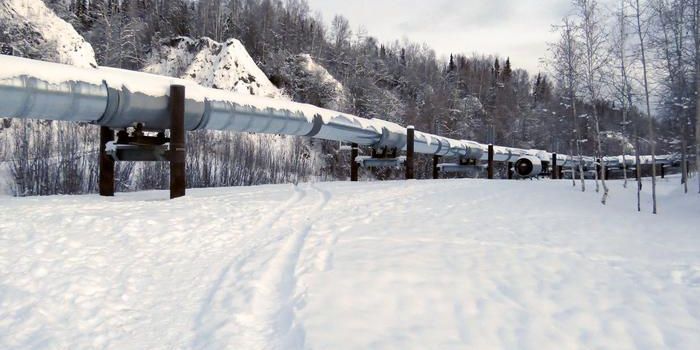The unknown mysteries of stormwater ponds
Lay off the stormwater ponds - they’re doing more good than you know! A new study published in the journal Ecosphere negates the previously held belief that stormwater retention ponds are a significant source of nitrous oxide, a potent greenhouse gas. Nitrous oxide is known to cause climate-warming and destroy the stratospheric ozone; scientists have been worried that stormwater ponds, though beneficial in removing excess nitrogen from water systems, produce nitrous oxide as a by-product and that the trade-offs may not be worth it.
"Previous studies have suggested we might find elevated nitrous oxide emissions from these ponds, especially urban ponds where high levels of metal contaminants from road runoff might interfere with the complete reduction of the nitrogen," said Joanna Blaszczak, a 2018 doctoral graduate of Duke's Nicholas School of the Environment, who led the study.
Through thorough analysis of sediment samples collected from stormwater ponds in Boston, Baltimore, Miami, Minneapolis, Phoenix, Salt Lake City, Portland, Ore., and Durham, N.C., Blaszczak and her team were able to determine that, in fact, that was not the case. "Our research, which looked at 64 retention ponds in eight different cities and ecoregions across the nation, found no apparent trade-off," Blaszczak said.
In order to conduct the experiment, the researchers categorized the ponds by the type of runoff they receive. Some of the ponds they took samples from regularly receive runoff from heavily developed areas; others receive runoff from moderately or lightly developed areas; others were in more rural areas.
"We found there was almost no correlation, no single and simple link, between the intensity of nearby urban land cover and potential denitrification rates, across and within all cities," Blaszczak said. Measurements of nitrous oxide levels were fairly consistent throughout, equivalent to those rates found in freshwater bodies draining undeveloped landscapes. "This leads us to conclude that urban stormwater ponds are not likely to be important sources of nitrous oxide to the atmosphere," she said.
That being said, there is still much to learn about the chemical and biophysical processes that occur within a stormwater pond. "Many of our team's starting assumptions about how sediment chemistry would change with changing urban land use proved to be untrue," Blaszczak explains. "That's probably because urban ponds reflect previous land-use history as well as current land-use strategies. We're only beginning to figure it all out."
What we do know, it that stormwater ponds continue to be important in regulating levels of excess nitrogen in waterways. Their ability to filter out pollutants are crucial for many companies, factories, office buildings, and residential complexes. Want to learn more about stormwater ponds? Watch the video below!
Sources: Science Daily, Ecosphere









